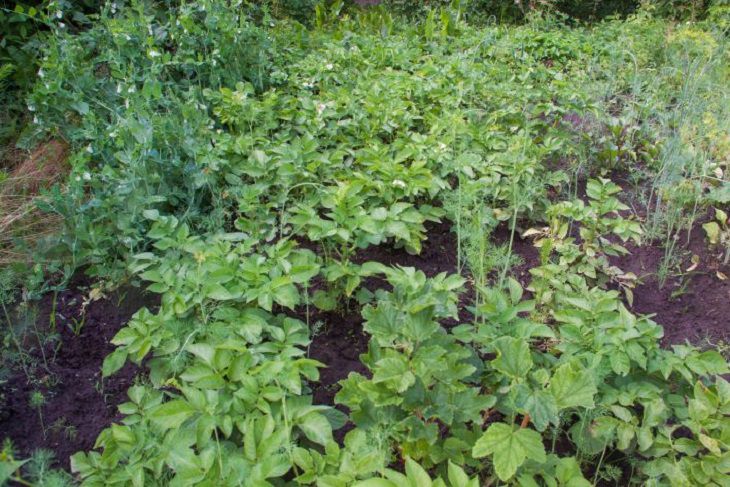How to treat potatoes from moths: effective methods of pest control
Gardeners and vegetable growers often face the problem of damage to potatoes by moths.
This pest causes significant damage to crops by eating roots and tubers.
It is important to know how to effectively combat the moth in order to preserve a healthy and rich harvest, said Anastasia Kovrizhnykh , an expert of the online publication BelNovosti, an agronomist and landscape designer.
Biological control methods
The use of biological methods of combating cutworm is becoming increasingly popular among gardeners seeking an environmentally friendly harvest.
The use of natural enemies of pests, such as predatory insects and microorganisms, helps reduce the population of cutworms without harming the environment.

Bacteria Bacillus thuringiensis
One of the most effective biological agents is the use of Bacillus thuringiensis (Bt) bacteria.
These bacteria produce toxins that have a detrimental effect on the moth larvae.
Treating potatoes with a solution containing Bt bacteria is safe for people and pets. The solution should be applied to plants during the period of active reproduction of the pest.
Entomophages
Entomophages such as predatory bugs and wasps can also significantly reduce cutworm populations.
These beneficial insects hunt for larvae and adult pests, preventing their reproduction.
Populating a site with entomophages or attracting them with the help of special plants is an effective way to protect potatoes.
Chemicals
When biological methods do not give sufficient results, chemical preparations come to the rescue.
It is important to remember that their use must be strictly dosed and in accordance with the manufacturer's instructions so as not to harm plants and the environment.
Insecticides
Modern insecticides are designed to effectively destroy cutworms without causing harm to crops.
Preparations based on imidacloprid and lambda-cyhalothrin demonstrate high efficiency in pest control.
They should be used at the beginning of the season, when the larvae are just beginning their development.
Insect growth regulators
Insect growth regulators are another effective chemical method of controlling cutworm.
These substances interfere with the development process of the pest, leading to its death at the larval stage.
The use of growth regulators allows to reduce the moth population for a long time.
Folk methods of struggle
Many gardeners prefer to use folk methods of combating cutworms, which are safe and affordable.
Such methods often involve the use of natural repellents and traps.
Wormwood infusion
Wormwood infusion is a well-known remedy for fighting the moth. The bitter smell of the plant repels pests and prevents their reproduction.
To prepare the infusion, pour 500 g of dry wormwood with 10 liters of boiling water and leave for 24 hours.
The resulting solution is used to treat potato bushes and the soil around them.
Ash and lime
Ash and lime also help in the fight against cutworm. Dusting plants and the soil around them with a mixture of ash and lime repels pests and improves the soil structure.
This method is especially effective when combined with other protective measures.
Prevention
Preventive measures play a key role in the fight against the moth.
Proper care of plants and adherence to agricultural practices will help prevent the appearance of pests.
Correct crop rotation
Crop rotation is an important aspect of preventing the appearance of cutworm.
Planting potatoes in the same place for several years in a row contributes to the accumulation of pests in the soil.
Rotating crops breaks this cycle and reduces the risk of infection.
Timely removal of weeds
Weeds serve as a refuge for cutworms, so their timely removal is an important preventive measure.
Keeping your property clean helps reduce pest populations and improve growing conditions for your crops.
Soil cultivation
Soil cultivation is another important element of prevention.
Deep plowing and loosening of the soil helps to destroy the larvae and pupae of the cutworm that are in the soil.
This treatment should be carried out in autumn and spring.
Earlier we told you how to feed radishes so that they grow large.
